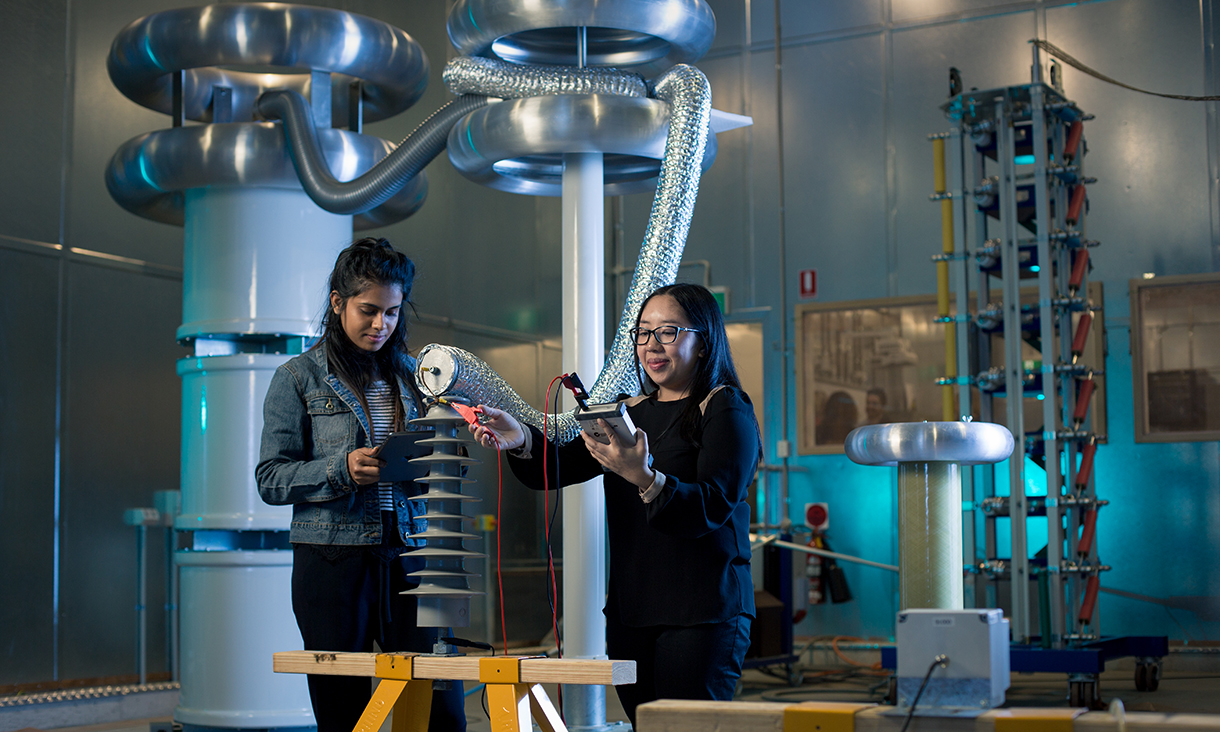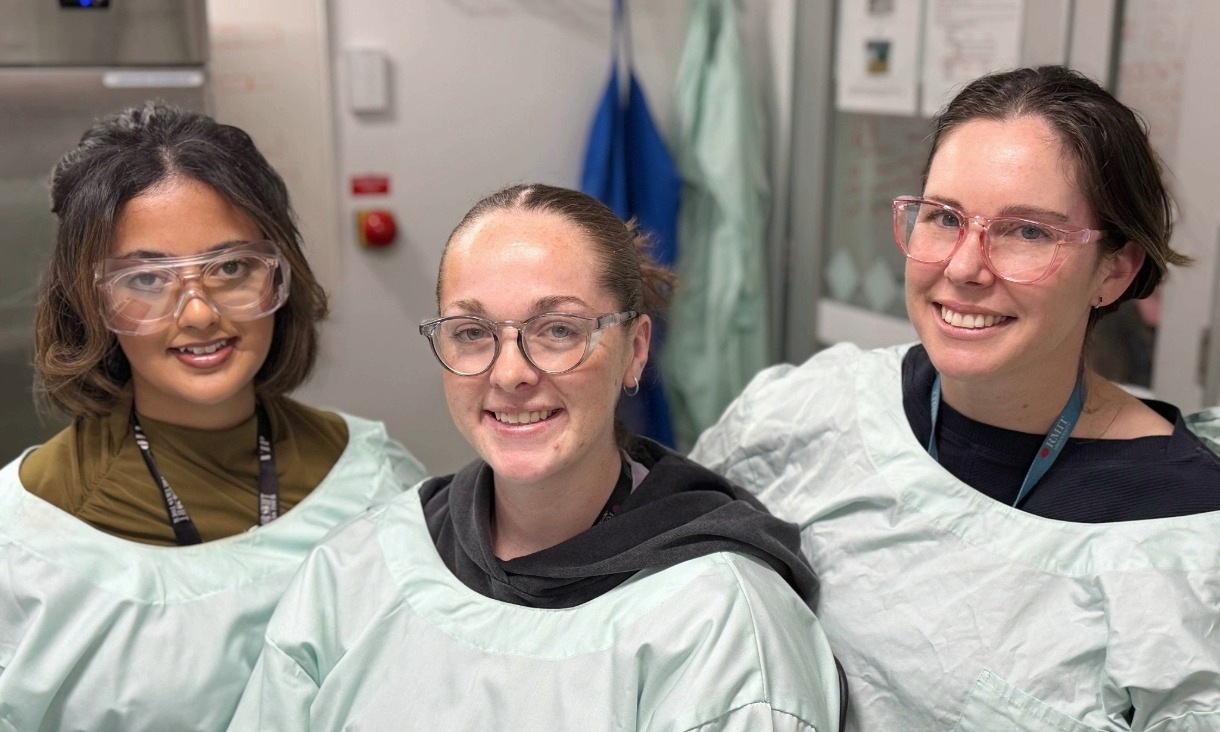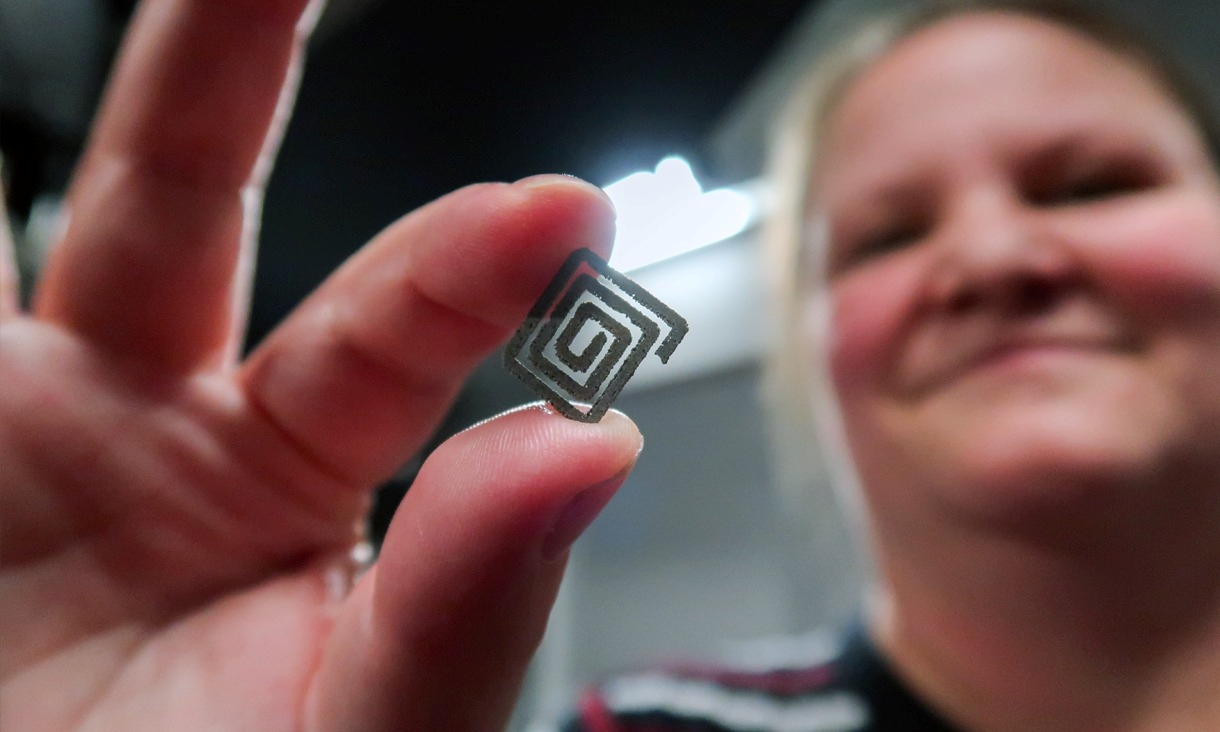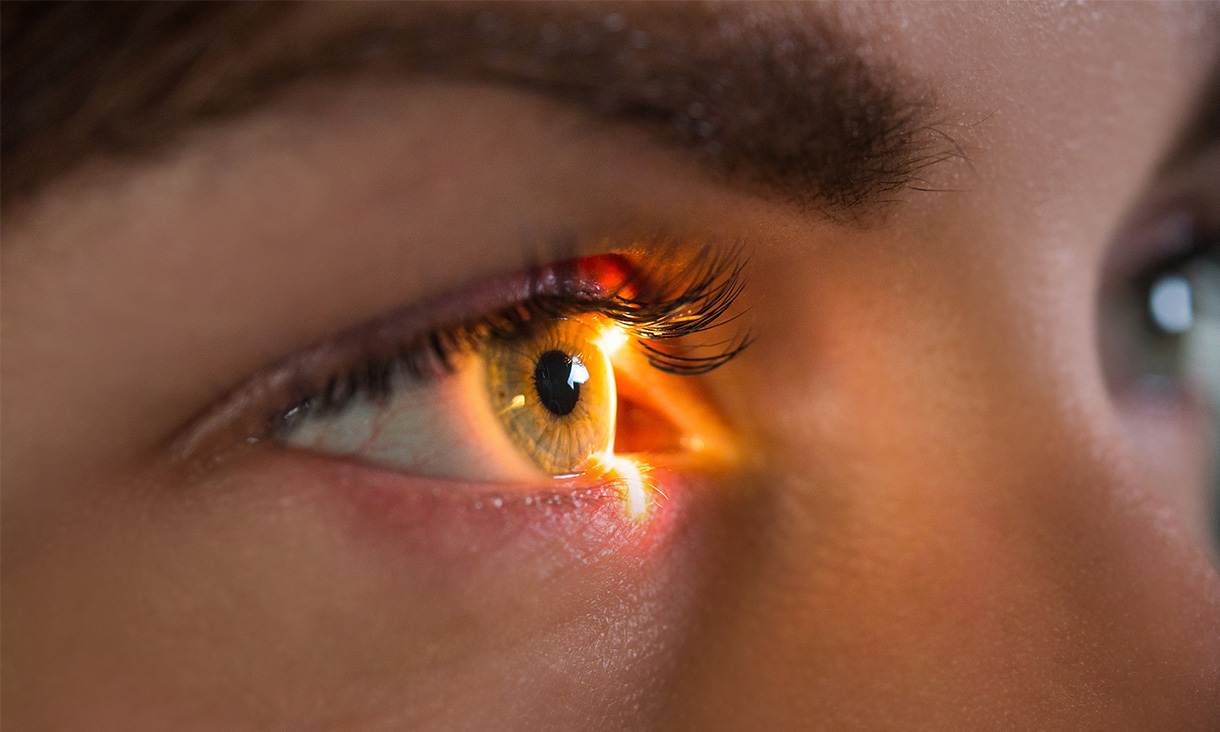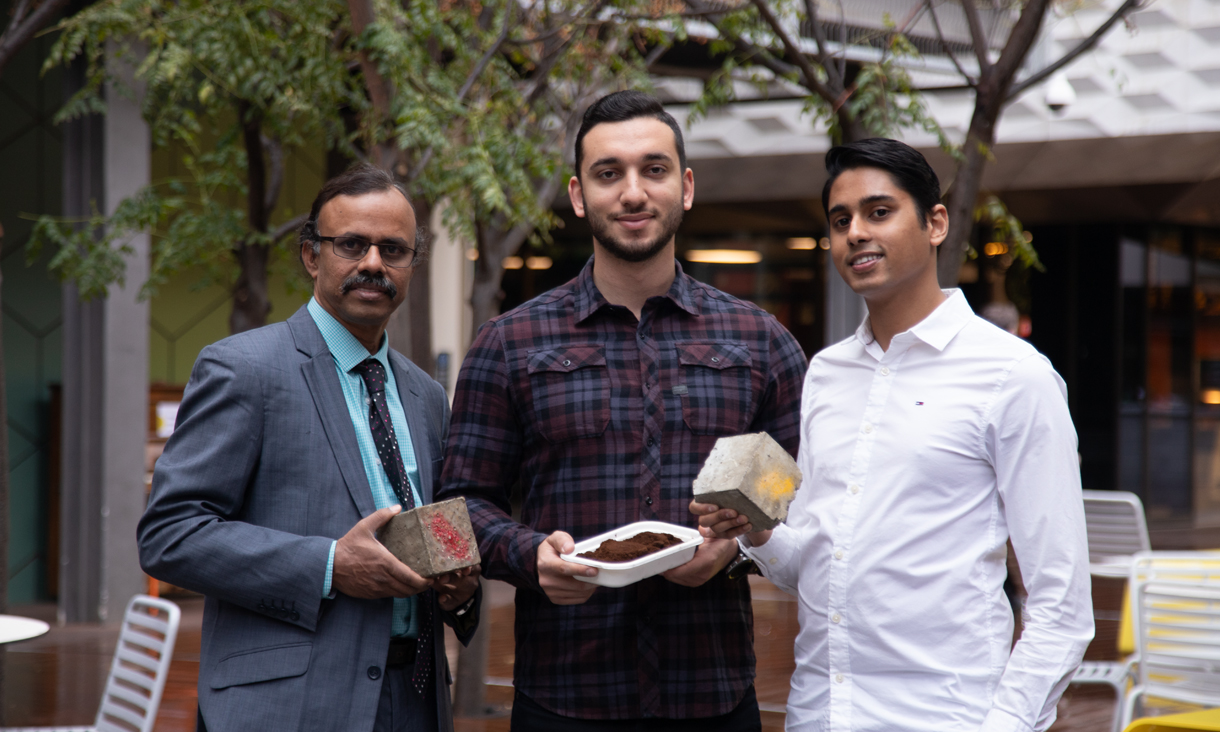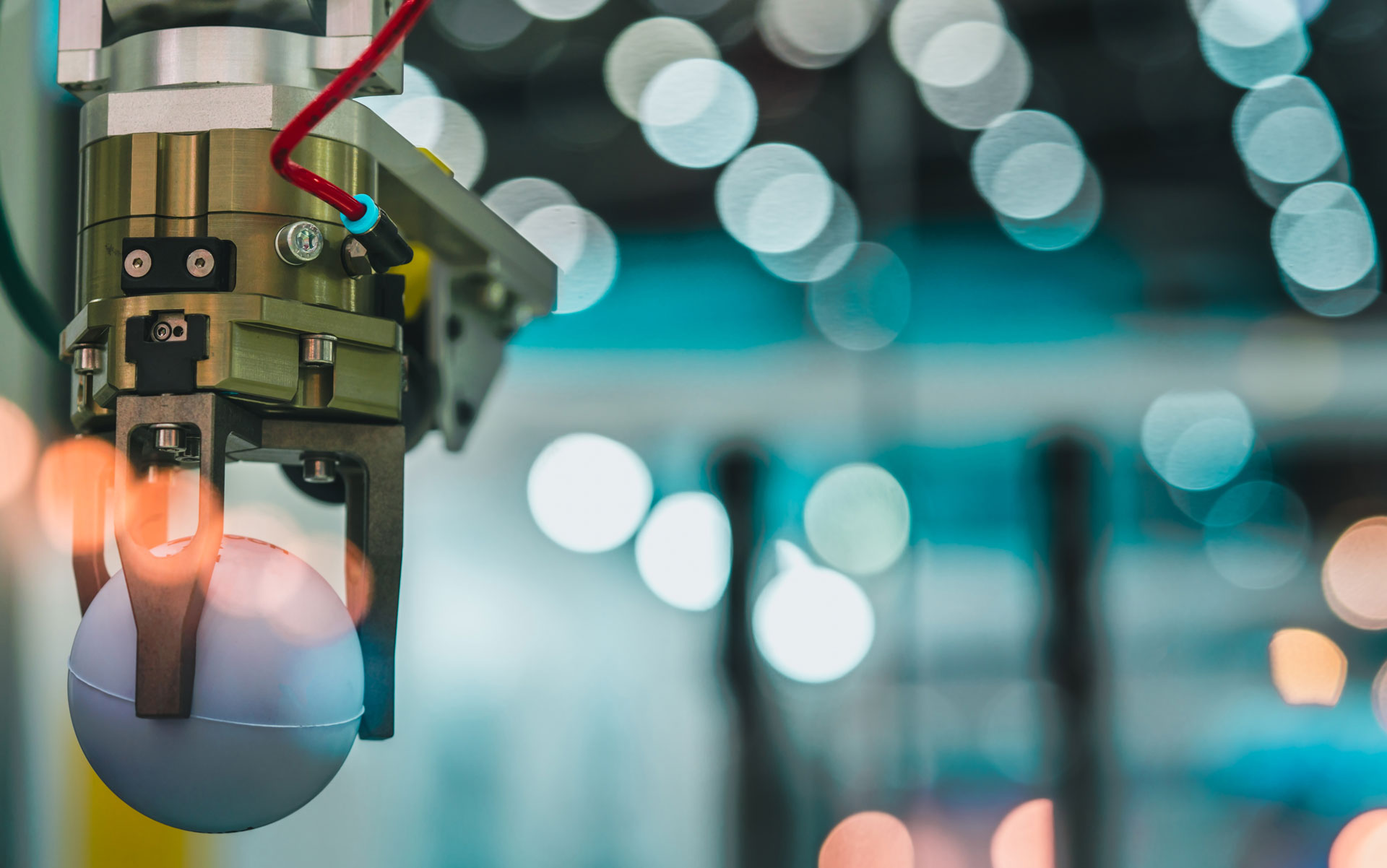Research focus
Our current research is focused on the following five areas.
Power, energy and control
- Power electronic conversion systems
- Electrical grid energy conversion equipment
- High-voltage distribution engineering
- Advanced control systems
- Industrial automation
Audio/Video/Image signal processing
- Speech, video and image processing
- Non-linguistic speech classification using machine learning
- Recognition of emotions and mental states using speech analysis
- Automatic analysis of conversations for human-machine communication systems
- Computational neuroscience
Biomedical engineering
- Biomedical electronics and devices
- Therapeutic applications of electromagnetic radiation
- Implantable and rehabilitation engineering
- Novel biomaterials
- Microfluidic platforms for portable medical diagnostics
Computer engineering and embedded systems
- Embedded system design and applications
- Machine – machine interactions
- High performance digital logic
Complex and intelligent systems
- Complex and dynamic systems and networks
- Industrial information technologies
Our impact
We work extensively with partners to solve practical problems facing industries and communities. Our partners have included:
- Australian Defence Science and Technology Group (DSTG)
- Telstra
- Creative Power Technologies
- Robert Bosch Pty Ltd
- Wilson Transformer Company Pty Ltd
- Clarinox Technologies
- St Vincent's Hospital
- Centre for Eye Research Australia
- Centre for Digital Mental Health, University of Oregon, Eugene, USA
- Oregon Research Institute, USA
- Human Trust and Interaction Branch, Wright-Patterson AFB, Ohio, USA
Recent research highlights include:
- The development and commercialisation of early fault detection technology for use on power lines in the high bushfire risk areas in Victoria. The award-winning technology has helped improve the public safety of Victoria through preventing fires started by power lines.
- The successful development of a real-time speech emotion recognition system. The system simultaneously recognises seven different emotional categories and is suitable for mobile phone and online speech communication platforms.
- Parkinson’s disease diagnostics approach which received international attention and received coverage from media outlets such as BBC, ABC and Channel 9.
- Research on diamond coated 3D scaffolds for medical applications which received significant international and national coverage.
Research centres and groups
- NHMRC Centre of Excellence in Electromagnetic Energy Research
Facilities
- High Voltage Laboratory
- MicroGrid Facility
- Biomedical Engineering and Biomaterials Lab
- Biomedical Signal Analysis and Instrumentation Lab
Who we are
Electrical and Biomedical Engineering staff
